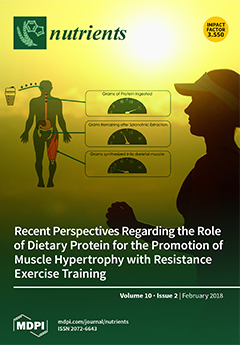The aim of this study was to investigate differences/similarities in dietary habits and eating practices between younger and older, rural and urban South African adolescents in specific environments (home, community and school) and their associations with overweight and obesity. Dietary habits, eating practices, and anthropometric measurements were performed on rural (
n = 392, mean age = 13 years) and urban (
n = 3098, mean age = 14 years) adolescents. Logistic regression analysis was used to examine the associations between dietary habits and eating practices, with overweight and obesity risk. Differences in dietary habits and eating practices by gender and by site within the three environments were identified. After adjusting for gender, site, dietary habits, and eating practices within the home, community and school environment, eating the main meal with family some days (OR = 1.78, 95% CI = 1.114–2.835;
p ≤ 0.02), eating the main meal with family almost every day (OR = 1.61, 95% CI = 1.106–2.343;
p ≤ 0.01), and irregular frequency of consuming breakfast on weekdays (OR = 1.38, 95% CI = 1.007–1.896;
p ≤ 0.05) were all associated with increased risk of overweight and obesity. For “Year 15” adolescents, irregular frequency of consuming breakfast on weekends within the home environment (OR = 1.53, 95% CI = 1.099–2.129,
p ≤ 0.01), was associated with increased risk of overweight and obesity. For both early- and mid-adolescents, being male (OR = 0.401, 95% CI = 0.299–0.537;
p ≤ 0.00; OR = 0.29, 95% CI = 0.218–0.397;
p ≤ 0.00) was associated with reduced risk of overweight and obesity, while residing in a rural setting (OR = 0.55, 95% CI = 0.324–0.924;
p ≤ 0.02) was associated with reduced risk of overweight and obesity only among early-adolescents. Only dietary habits and eating practices within the home environment were associated with increased risk of overweight and obesity.
Full article






